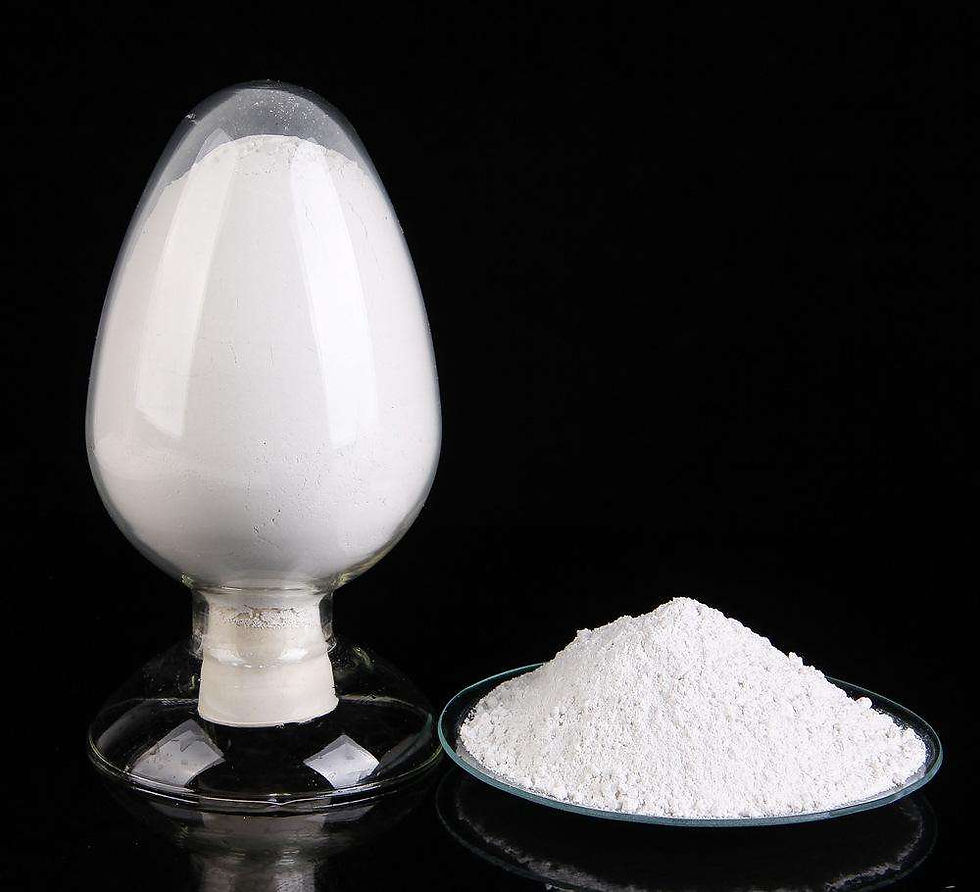REFRACTORY MATERIAL

Refractory materials with Kelewell products
Refractory materials, including magnesium oxide, are known for their high heat resistance and are used in industrial applications that require withstanding extreme temperatures.
Magnesium oxide, in various forms such as lightly calcined magnesia (CCM) or dead-burned magnesia (DBM), finds wide usage in refractory products. These materials serve to insulate heat, withstand fire, and stabilize chemicals.
Due to their resistance to high temperatures and chemical attacks, refractory materials, especially magnesium oxide, are indispensable in the steel, cement, and glass industries, as well as in high-temperature processes.
























Lightly Burned Magnesium Balls (Slag Retention Balls)
Light-burned magnesium balls, especially with a slag retention capacity of 60 and 65, are used in high-temperature environments such as industrial furnaces and melting processes. These balls are designed to retain slag and provide effective insulation in extreme heat conditions.
Light-burned magnesium oxide powder (CCM)
Lightly calcined magnesium oxide powder (CCM) is often used as a refractory additive in the production of refractory materials and ceramic products. It provides improved thermal resistance and is utilized in various industrial applications, including insulation materials.

Dead-burned magnesia (DBM)
Dead-burned Magnesia (DBM) is a high-quality refractory material used in the steel industry as a component of refractory bricks and linings for converters, electric arc furnaces, and other high-temperature applications.
Fused Magnesia (FM)
Fused magnesia (FM) is used in applications with extremely high temperatures due to its excellent refractory properties. It is employed in the production of refractory bricks, insulation materials, and other products that need to withstand high temperatures.

Talcum powder
Talc powder is commonly used in conjunction with other refractory materials in the manufacturing of refractory coatings, molds, and seals. It enhances the processability and thermal properties of the materials.
Clumped talc
Lumpy talc is frequently used in the plastic and rubber industry as a filler to enhance the fire-resistant properties of these materials. It contributes to the improvement of insulation materials and flame retardancy.
These various forms of magnesium oxide play a crucial role in heavy industry, refractory manufacturing, and other applications where extreme heat resistance and refractory properties are required.